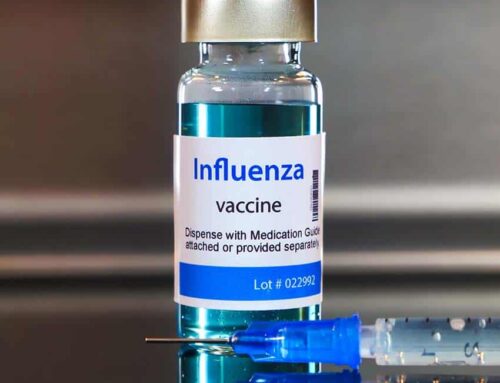Public Health Campaigns
Public health campaigns are a very beneficial form of marketing. Rather than selling a specific product, public health campaigns seek to educate the public on important health concerns. Designed to teach the public about everything from the adverse effects of smoking to reminders to get a mammogram.
However, not all public health advertising campaigns are created equal. There are a few things to keep in mind when launching a campaign, as well as some best practices to follow and mistakes to avoid.
What is Public Health Advertising?
Public health marketing the practice of educating, motivating, or informing the general public on important health messages through a variety of marketing tactics. Public health advertising can integrate traditional marketing processes with modern, digital advertising practices. Really, public health advertising is not so different from normal business advertising– it simply seeks to reach a specific demographic of people to educate them about a health risk.
Still, public health advertising can be quite complex. It can be difficult to reach a very niche group of people and even more difficult to catch their attention. Let’s look at a few methods for actually achieving this via a public health campaign.
Executing the Best Public Health Campaigns
Some of the most effective public health campaigns have been shocking. Some have even caused controversy. Common public health campaigns that one will see in today’s world include:
- Cervical cancer
- Anti-smoking
- Flu hygiene and shots
- Obesity
- Sunburn and skin cancer
- Vaccinations
- Diabetes
- Coronavirus
- Water and swimming safety
For anti-smoking ads specifically, the CDC and the Truth Initiative used shocking, eye-catching imagery and storytelling to make viewers pay attention to their ads. This is a good way to grab attention, especially for potentially fatal avoidable diseases. However, it’s important to make sure everything in your ad campaign is 100% truthful and not misleading.
It’s also important for campaign leaders to determine via research that there is enough evidence to suggest that a specific health condition puts a specific group of people at risk. Research and facts are the keys to creating the best possible campaign.
Don’t be afraid to experiment with your messaging. Test a few different campaigns and see which ones fail and which ones work. Because of the nature of public health campaigns, it can be difficult to nail the messaging on the first try.
Mistakes to Avoid for Public Health Campaigns
There are a few things to avoid when launching a public health campaign.
Try to avoid being too blue in your advertising. It is definitely possible to push viewers away with imagery or storytelling that is too intense or off-putting. The goal is to gain the interest of the viewer, not overwhelm them.
Avoid using vague messaging as well. Your ad should be very clear about what it is trying to say. Jokes, dialogue, and other messaging that is too out-there may confuse your audience instead of engaging them.









